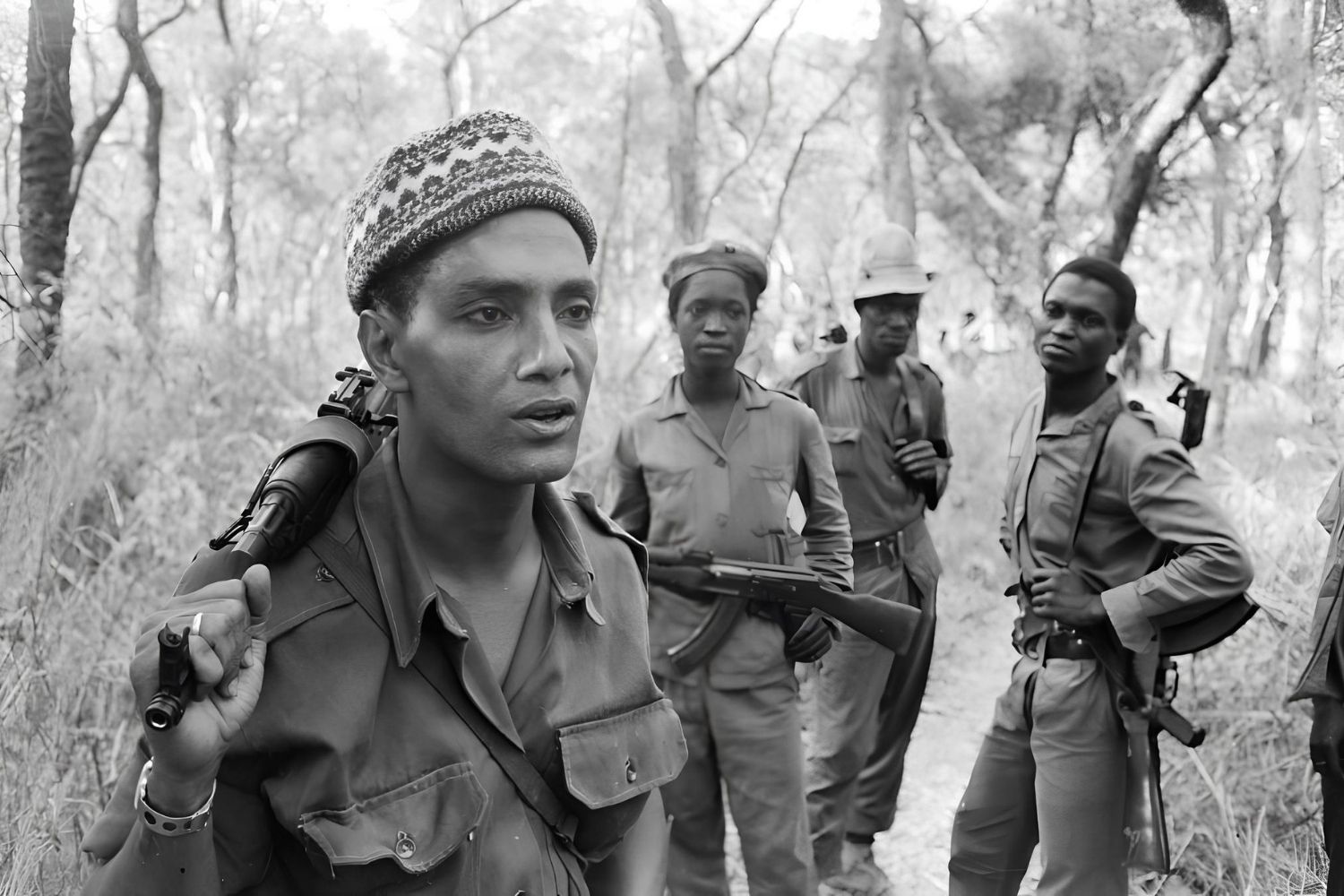
Did you know the Guinea-Bissau War of Independence was one of Africa's most significant liberation struggles? This conflict, spanning from 1963 to 1974, saw the people of Guinea-Bissau fighting against Portuguese colonial rule. The war not only reshaped the region but also inspired other African nations in their quests for freedom. Guinea-Bissau's independence movement was led by the African Party for the Independence of Guinea and Cape Verde (PAIGC), which played a crucial role in mobilizing the population and gaining international support. The war's impact extended beyond borders, influencing global politics and decolonization efforts. Understanding this pivotal period in history offers insights into the resilience and determination of those who fought for their nation's sovereignty. Ready to dive into 25 fascinating facts about this monumental struggle? Let's get started!
Key Takeaways:
- The Guinea-Bissau War of Independence lasted over a decade, with the PAIGC using guerrilla tactics and gaining international support to achieve victory against Portuguese colonial rule.
- The war led to Guinea-Bissau's independence in 1974, inspiring other liberation movements and shaping the country's future, despite the challenges it faced post-independence.
Origins of the Conflict
The Guinea-Bissau War of Independence was a significant chapter in African history. It marked the struggle of the people of Guinea-Bissau against Portuguese colonial rule.
- The war began in 1963 and lasted until 1974, spanning over a decade of intense conflict.
- The African Party for the Independence of Guinea and Cape Verde (PAIGC) led the independence movement.
- Amílcar Cabral, a prominent revolutionary leader, co-founded the PAIGC and played a crucial role in the struggle.
- The conflict was part of a broader wave of anti-colonial movements across Africa during the 20th century.
Key Battles and Strategies
Understanding the key battles and strategies provides insight into how the war was fought and won.
- The PAIGC adopted guerrilla warfare tactics, which proved effective against the Portuguese forces.
- The Battle of Tite in 1964 was one of the first major confrontations, showcasing the PAIGC's growing strength.
- The PAIGC established liberated zones, areas under their control where they could operate freely.
- The Portuguese military responded with Operation Green Sea in 1970, an unsuccessful attempt to capture PAIGC leaders.
International Support and Influence
International dynamics played a significant role in the Guinea-Bissau War of Independence.
- The Soviet Union and Cuba provided substantial support to the PAIGC, including military training and supplies.
- The Organization of African Unity (OAU) recognized the PAIGC as the legitimate representative of Guinea-Bissau.
- Portugal faced increasing international pressure to decolonize, particularly from the United Nations.
- The war in Guinea-Bissau influenced other liberation movements in Portuguese colonies, such as Angola and Mozambique.
Impact on the Civilian Population
Wars inevitably affect civilians, and the Guinea-Bissau War of Independence was no exception.
- Thousands of civilians were displaced due to the conflict, seeking refuge in neighboring countries.
- The PAIGC established schools and healthcare facilities in liberated zones to support the local population.
- The war disrupted agricultural production, leading to food shortages and economic hardship.
- Many civilians participated in the struggle, providing intelligence and logistical support to the PAIGC.
The Path to Independence
The final years of the war saw significant developments that paved the way for Guinea-Bissau's independence.
- Amílcar Cabral was assassinated in 1973, a major blow to the PAIGC, but the movement continued to gain momentum.
- The PAIGC declared unilateral independence on September 24, 1973, which was later recognized by many countries.
- The Carnation Revolution in Portugal in April 1974 led to a change in government and a shift in colonial policy.
- Guinea-Bissau officially gained independence on September 10, 1974, following negotiations with the new Portuguese government.
Legacy of the War
The Guinea-Bissau War of Independence left a lasting legacy on the country and the region.
- The war inspired other anti-colonial movements across Africa and the world.
- Guinea-Bissau faced significant challenges post-independence, including political instability and economic difficulties.
- The PAIGC transitioned from a liberation movement to a political party, playing a central role in the country's governance.
- The war highlighted the importance of international solidarity in the fight against colonialism.
- Guinea-Bissau's independence remains a symbol of resilience and the enduring struggle for self-determination.
Reflecting on Guinea-Bissau's Struggle
Guinea-Bissau's War of Independence was a pivotal moment in its history. The conflict, which lasted from 1963 to 1974, saw the PAIGC (African Party for the Independence of Guinea and Cape Verde) fighting against Portuguese colonial rule. This war wasn't just about gaining freedom; it was also about preserving cultural identity and self-determination. The PAIGC, led by Amílcar Cabral, used guerrilla warfare tactics and received support from the Soviet Union and Cuba. Despite facing a well-equipped Portuguese army, the PAIGC's resilience and strategic alliances led to their eventual victory. The war's end marked the beginning of a new era for Guinea-Bissau, though challenges remained. Understanding this struggle helps appreciate the nation's journey toward independence and the sacrifices made by its people. This chapter in history is a testament to the enduring spirit of those who fought for freedom.
Frequently Asked Questions
Was this page helpful?
Our commitment to delivering trustworthy and engaging content is at the heart of what we do. Each fact on our site is contributed by real users like you, bringing a wealth of diverse insights and information. To ensure the highest standards of accuracy and reliability, our dedicated editors meticulously review each submission. This process guarantees that the facts we share are not only fascinating but also credible. Trust in our commitment to quality and authenticity as you explore and learn with us.
